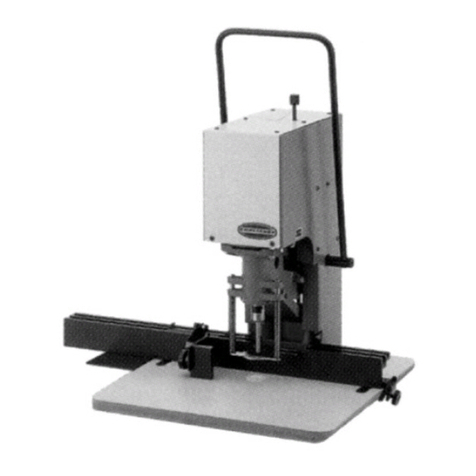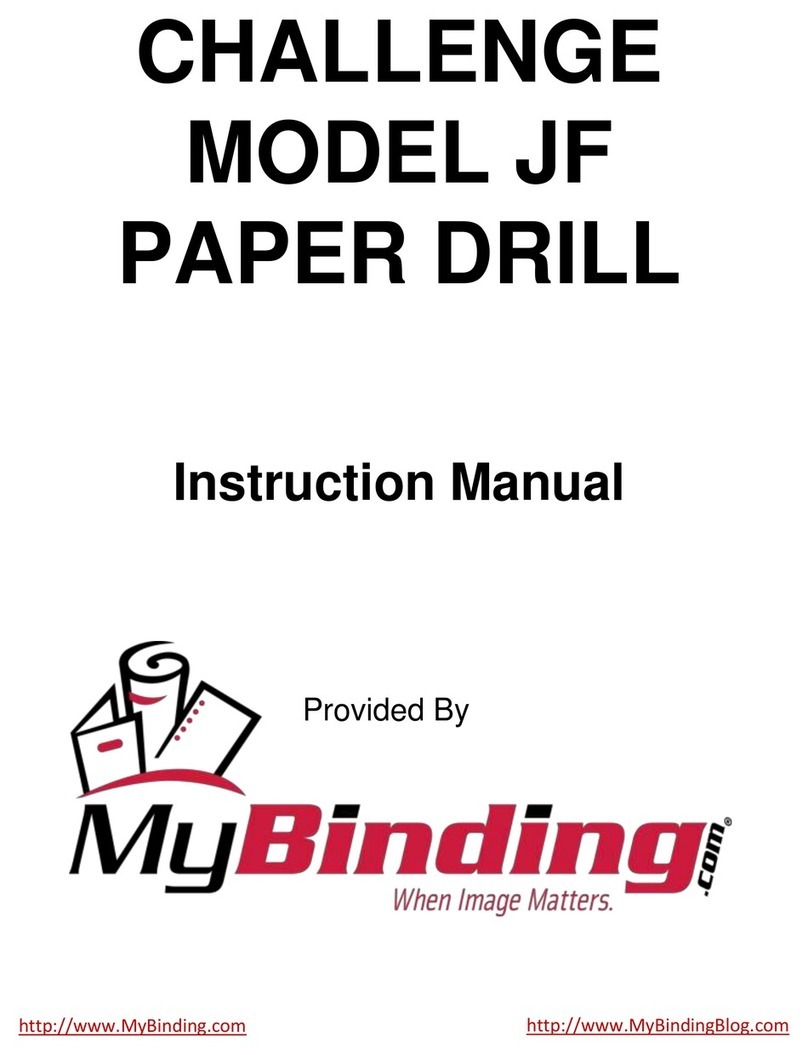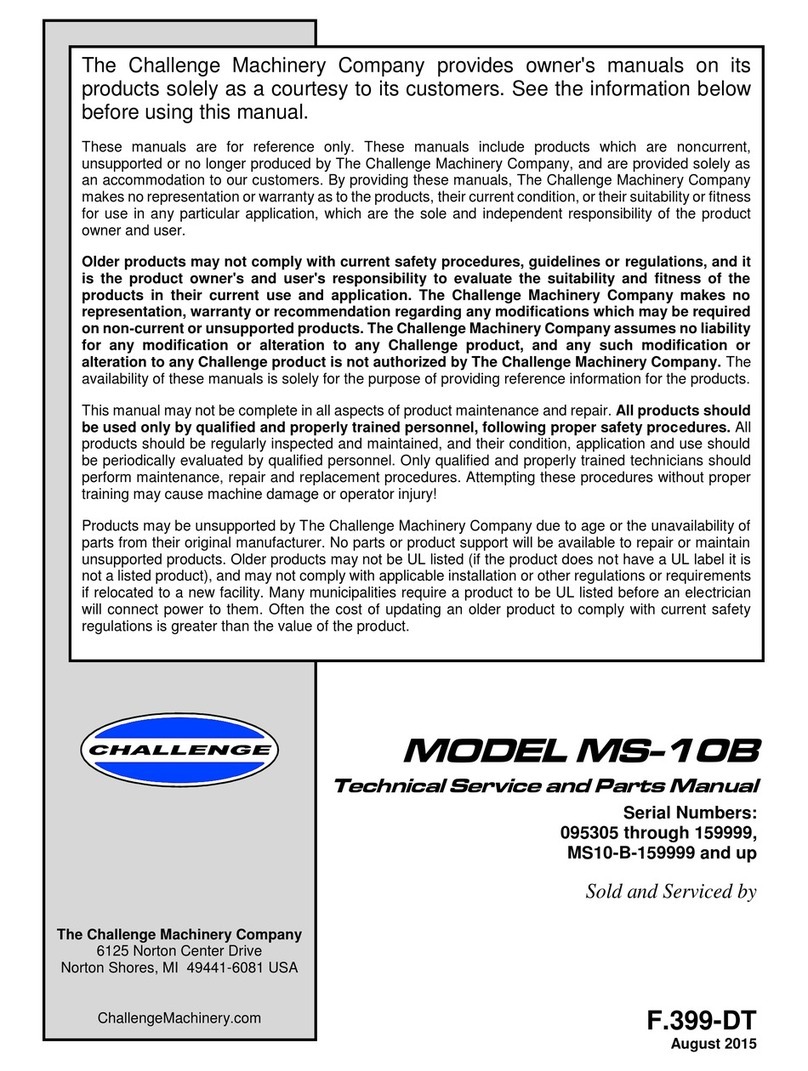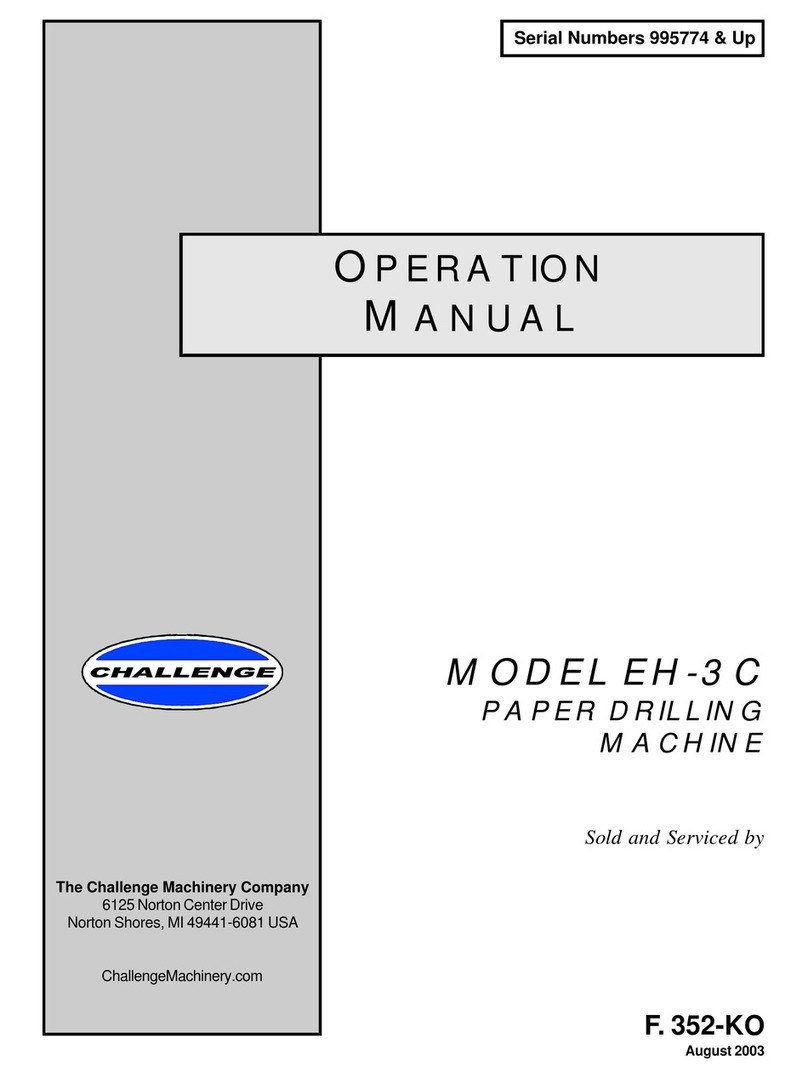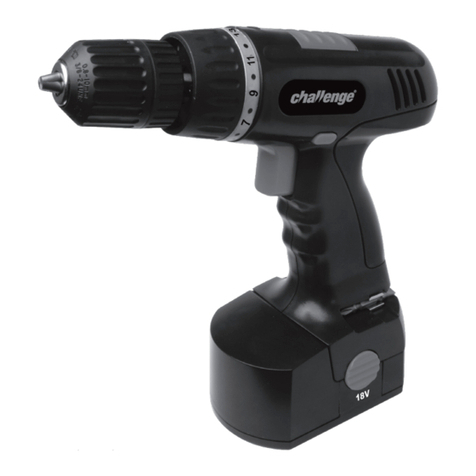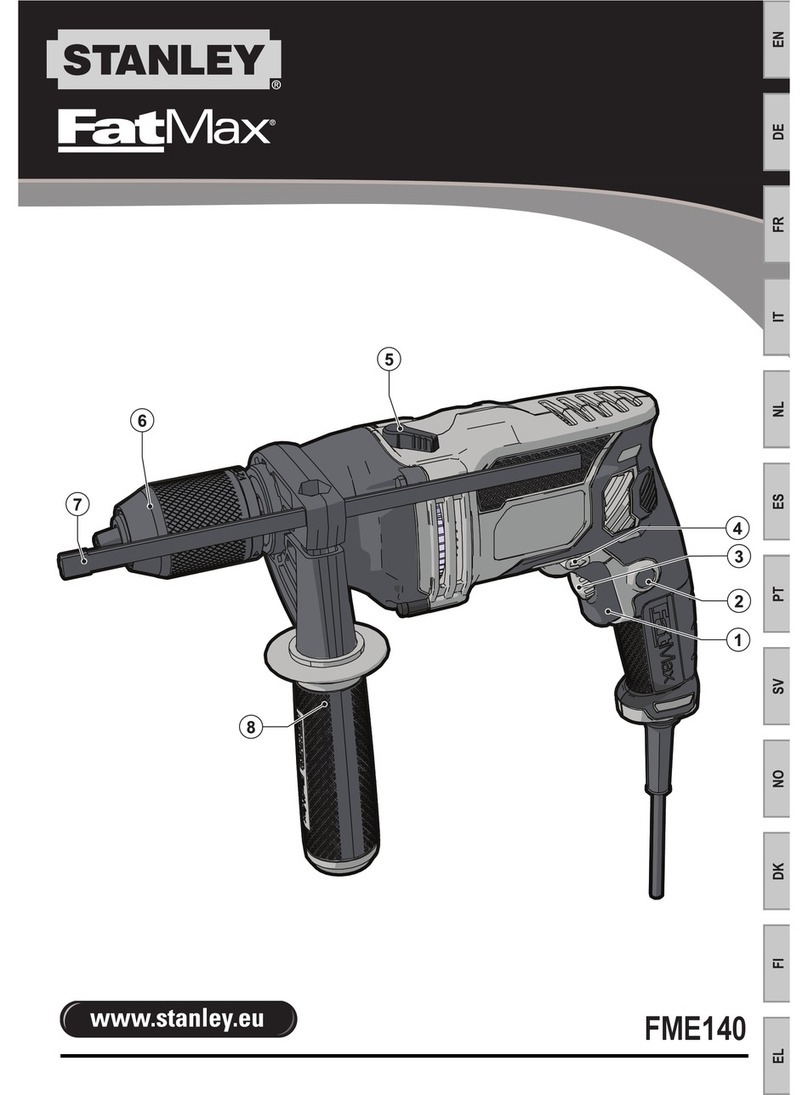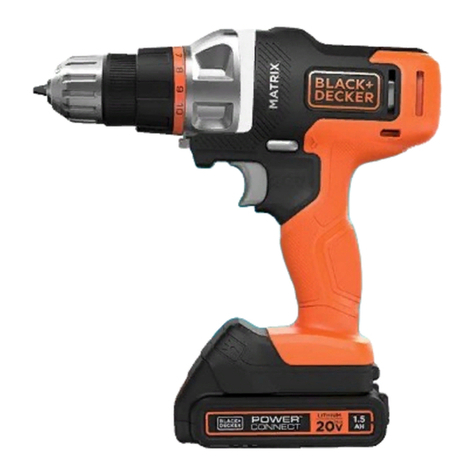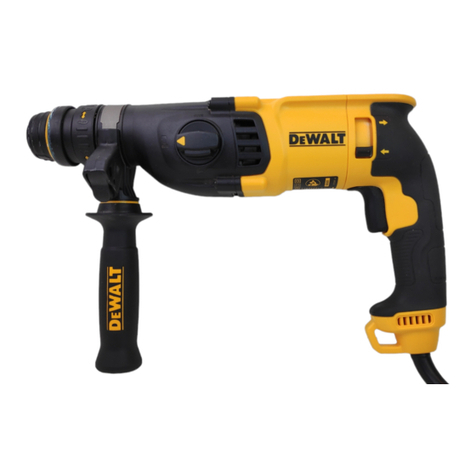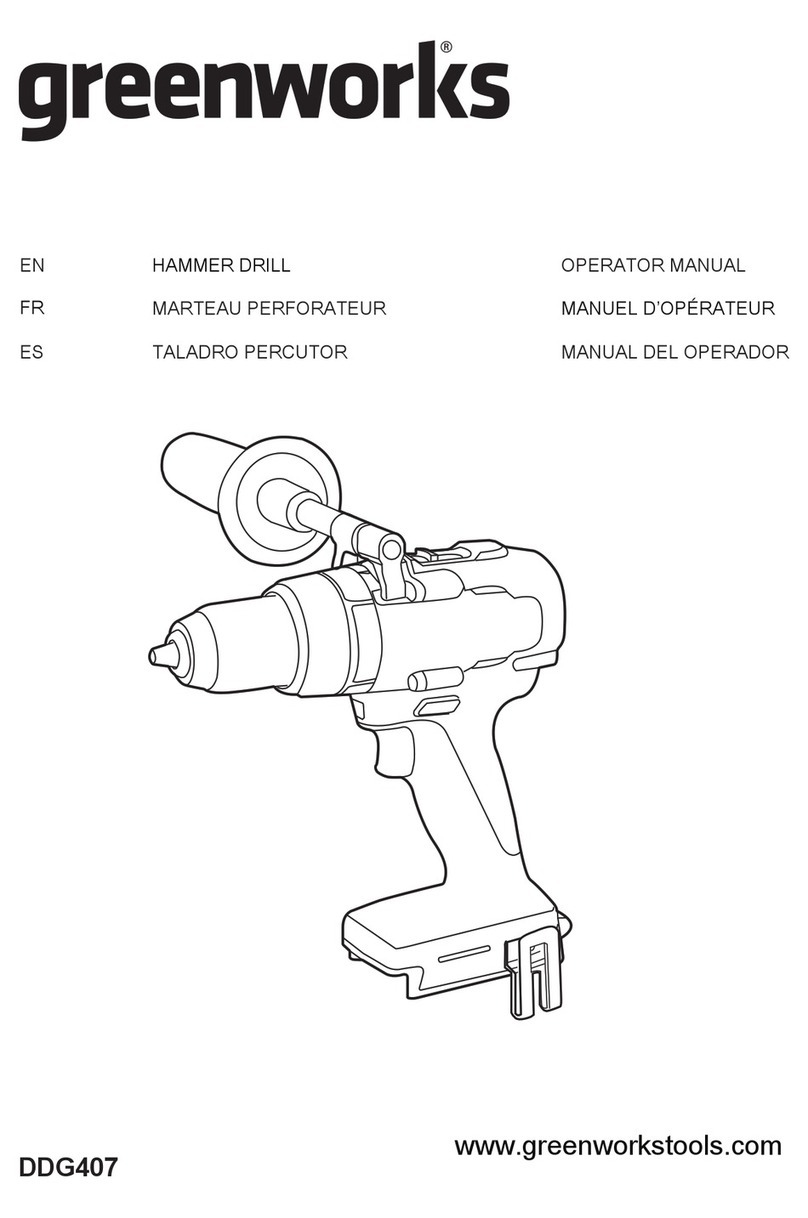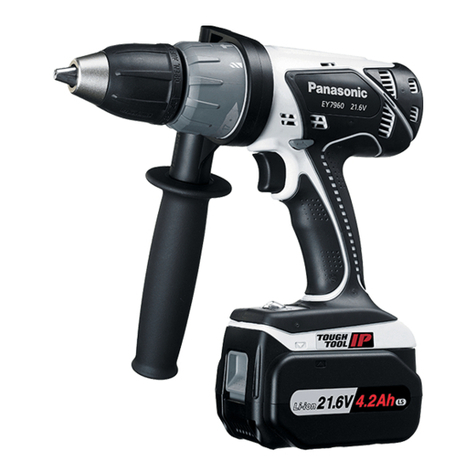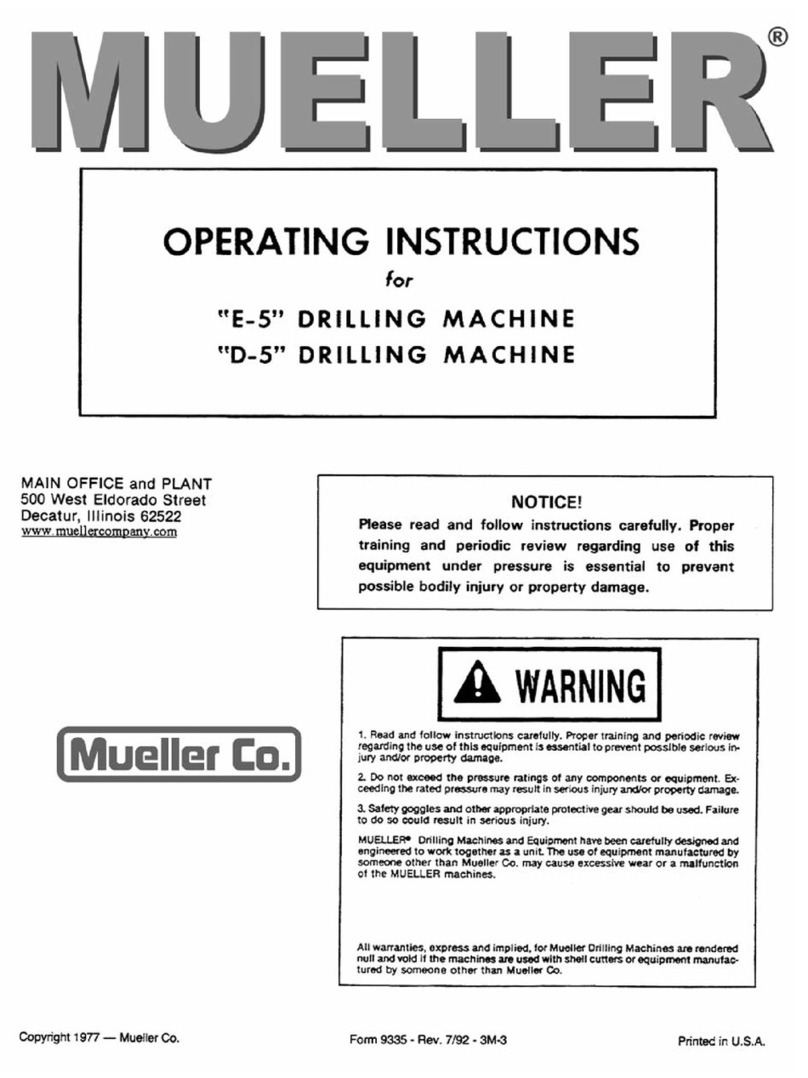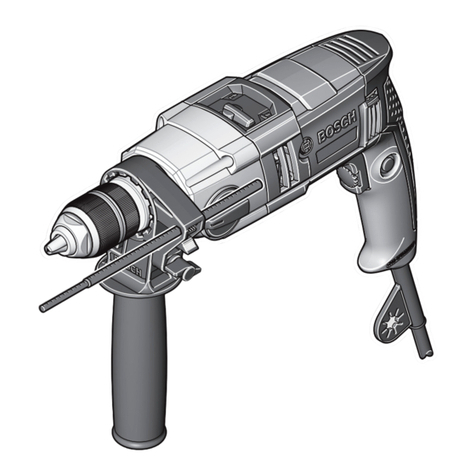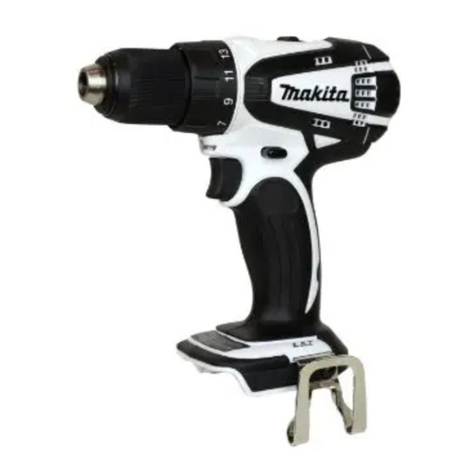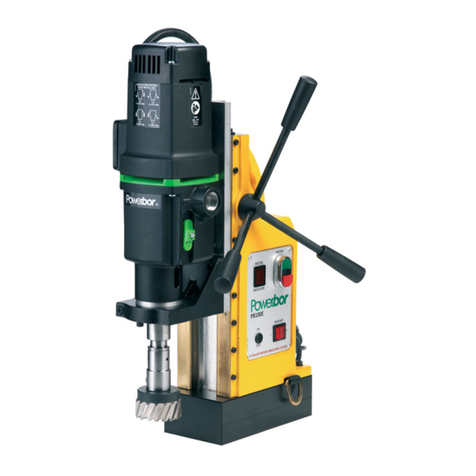
1-3
F.352-KT/EH-3C DRILL/AUG 03
1.0 MAINTENANCE
1.2 ROUTINE MAINTENANCE
Productionlosses canbereduced ifgoodmaintenance
practicesare followed. Thefollowingsuggestions may
be helpful:
1. Recognize the fact that the user of hydraulic equip-
ment has more control over maintenance than the
manufacturer.
2. Operators should be familiar with use, care, and
limitations of the equipment. ALL OPERATORS
SHOULD READ THIS MANUAL COMPLETELY.
3. Use properly trained maintenance personnel.
4. Establish a program of systematic preventative
care for your equipment or put this machine on an
existing preventative maintenance program.
5. Analyze and isolate trouble before having any part
of the equipment dismantled.
6. Be aware of how your machine should sound and
perform. Ifthe machineisnot operatingproperly or
if it doesn’t “sound right”, stop running your job im-
mediately and try to identify the problem.
7. Call the dealer for any problems that cannot be
handledby your ownpersonnel.
1.2.1 Daily
1. Sharpenthe hollowdrills oftenand reset thespindle
adjusting knobs if needed.
2. Lubricate the hollow drill frequently with the lubri-
cating stick provided.
3. For better hollow drill life, remove the drills when
notin use, cleanout,and soakinlight oil. Wipe off
excess oil before drilling.
1.2.2Weekly
(or every 40 hours of operation)
1. Checkthe drivebelttightness andwear. The drive
belt must be kept tight or it will stall the motor and
plug or break the drills. See Section 1.3.2 for in-
structions on how to tighten the belt.
2. Clean and oil the guide bar shafts around frame.
3. Cleanand oiltherear supportbrackets.
1.2.3 Monthly
1.Check the hydraulic oil supply for the proper level.
Thischeck ismadeby removingthe rearpaneland
visually inspecting the level of the oil in the clear
reservoir. The oil should be filled to the fill line on
the tank. If your machine is equipped with a dip
stick on the breather cap, remove the cap and
checkthe dipstick. There shouldbe approximately
1/8” (3 mm) of oil on the stick.
Use only one of the recommended oils or an ISO
VG 100 Hydraulic Fluid equivalent. Oils other than
the recommended type will cause seals, cups and
O-ringsto deteriorate. SeeSection1.5.
1.2.4 Yearly
1. Check all adjustments.
2. Tighten all screws.
3. Change hydraulic oil in reservoir. Oil may have to
bechangedmoreoften if contaminationofanykind
gets in the oil. (Capacity: 11/2 Quarts/1.4liters)
4. Grease lift springs.
1.3 ADJUSTMENTS
1.3.1 Table Position Adjustment
Setthe backgaugeto the1”position. Drill afew sheets
of paper and measure the distance between the cen-
ter of each hole to the edge of the paper. If it is not 1”
(2.5 cm), loosen the (4) screws that mount the table to
the base and carefully move the table to compensate
for the error. Tighten the screws and drill some more
paper. Repeat this procedure until the holes measure
1” (2.5 cm).
CAUTION: Always disconnect the
power when cleaning, servicing, or
lubricating your drill, see Lock Out Pro-
cedures, pagev.
